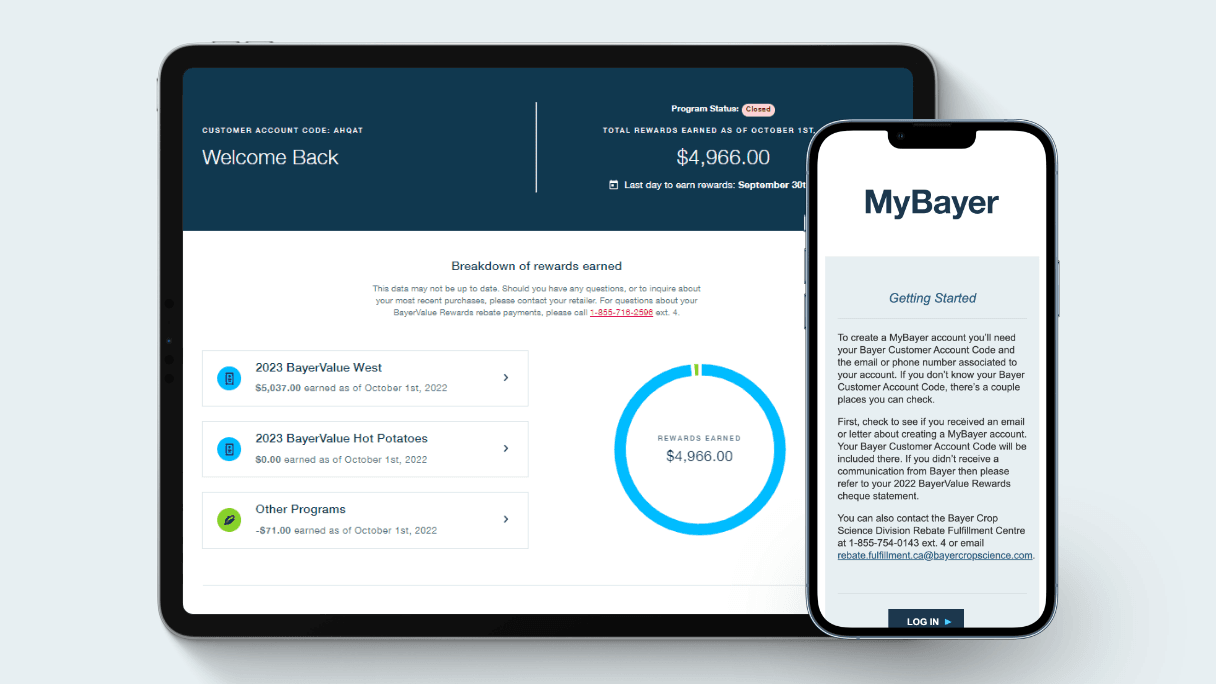Use key performance indicators to improve your farm’s financial health
October 24, 2025
By Joy Gregory
A lot of Canadian farmers take a big picture approach to their farm’s financial health — a “money in, money out” way of thinking.
Farm management consultants say this strategy is woefully short on details, and not much help to an operator who wants to expand, reduce management stress or build a solid succession plan and it just doesn’t have to be that way, says Eric Olson.
A farmer-turned-banker-turned-farm business consultant, Manitoba-based Olson leads MNP’s farm consulting group. He thinks proper strategic planning fell victim to strong markets that alleviated the need for more granular examinations of overall farm performance.
So, while many farmers can comfortably talk about gross margins (gross income minus input, seed and insurance), they might waffle on the numbers linked to the nitty gritty costs of production. A farmer might be up to date on commodity prices and contracts, for example, but rarely take a hard look at viable ways to improve profits or cut costs.
“Farmers could all benefit from knowing more information about what it costs to run their businesses,” says Olson. His starting point? Key performance indicators (KPIs).

Why key performance indicators matter
Many businesses use KPIs to measure and track success. On the farm, KPIs often zero in on specific expenses. If the concept is new to an operation, MNP will start by identifying KPIs for labour, power and machinery, then list those numbers on financial statements where they can be easily seen and reviewed. “We think farmers need to look at those numbers in order to understand where they sit in the business,” says Olson.
He suspects most farmers will say they track KPIs intuitively. He’s heard some argue that as long as they’re making money, they don’t need to worry about the particulars. Olson disagrees. “These expenses are tied to management choices,” he says. “Farmers can sometimes change their behaviours once they see these numbers, but they’ve got to know the numbers first. You have to measure it before you manage it.”
When compared with industry-wide benchmark data, KPIs can help producers fine-tune their operations. For instance, grain farmers might adjust their inputs or seek agronomy advice if they see that their yield is lower than an industry benchmark, explains Olson. Ditto for seeing that your labour or fuel costs are higher than a benchmark. “If you give farmers a problem, they’re going to fix it.”

Calculating success
Heather Watson is the executive director of Farm Management Canada, a national organization that develops resources and tools to support farm business success. “KPIs provide a way to calculate, track and adjust profitability as input prices and market conditions fluctuate,” she says.
She wants farmers to give some thought as to whether they are tracking the right KPIs. In addition to numbers often linked to expansion — production, market share, risk management and technology, for example — Watson says producers should assess KPIs for human resources, environmental stewardship and farm transition.
These “softer” performance indicators measure a different but equally important side of farm performance. Watson warns against the belief that expansion is the only path to success. “KPIs must be grounded in factors that will contribute to success,” she says. “But what does success look like? Is it the same for everyone involved in the farm?”
To choose the KPIs that matter for your farm, Watson recommends gathering key team members together for an open discussion. “If you don’t have a written vision or mission statement or values for your farm, start there,” she says.
Look for KPIs that focus on people and profitability, says Watson. On the people side, identify KPIs that gauge the health and well-being of your team, then talk about goals and ways to support performance and measure success. With three of four Canadian farmers struggling with mental health issues, this component is critical.
On the profitability side, Olson says it’s good to talk to your accountant and banker. Ask them how they think your operation is doing. Do they have concerns? Accountants want to help you optimize your operation, and banks monitor their own KPIs, so these questions won’t catch a lender by surprise. Put your ego aside and zero in on debt repayment, liquidity and cash flow.
A five-year plan — another rarity in the ag community — will also help, says Olson. If necessary, engage a farm business consultant to help pull everything together. A forward-thinking strategy, with a five-year plan and bespoke KPIs to track performance, will ease decision making.
For instance, Olson lays out a scenario where a farmer hears that a nearby piece of land will hit the market years earlier than expected. For someone wanting to buy that land, having quick access to cost of production and KPI data will be an advantage in what may turn out to be a bidding war. “This information lowers your stress because you’ve positioned yourself to act,” says Olson.
This kind of data-driven approach clarifies decision-making because it’s based on real, concrete information and data that helps people understand and rationalize the decisions being made, says Watson.
It’s important because, in farming, decisions can cascade into each other — a land purchase delays an equipment purchase, or vice-versa, for example. Olson says tracking KPIs can also guide decisions about taking money out of an operation and set the stage for tough conversations about what can be done if things are going off the rails and you need to act quickly.
Once in place, KPIs can be reviewed once or twice a year. “The KPI by itself doesn’t have a lot of meaning,” says Olson. Its value rests with helping producers balance risk and opportunity in the short and long term. It’s the difference between a confident and forward-thinking approach to farm management and hoping the wind is blowing the right way.
